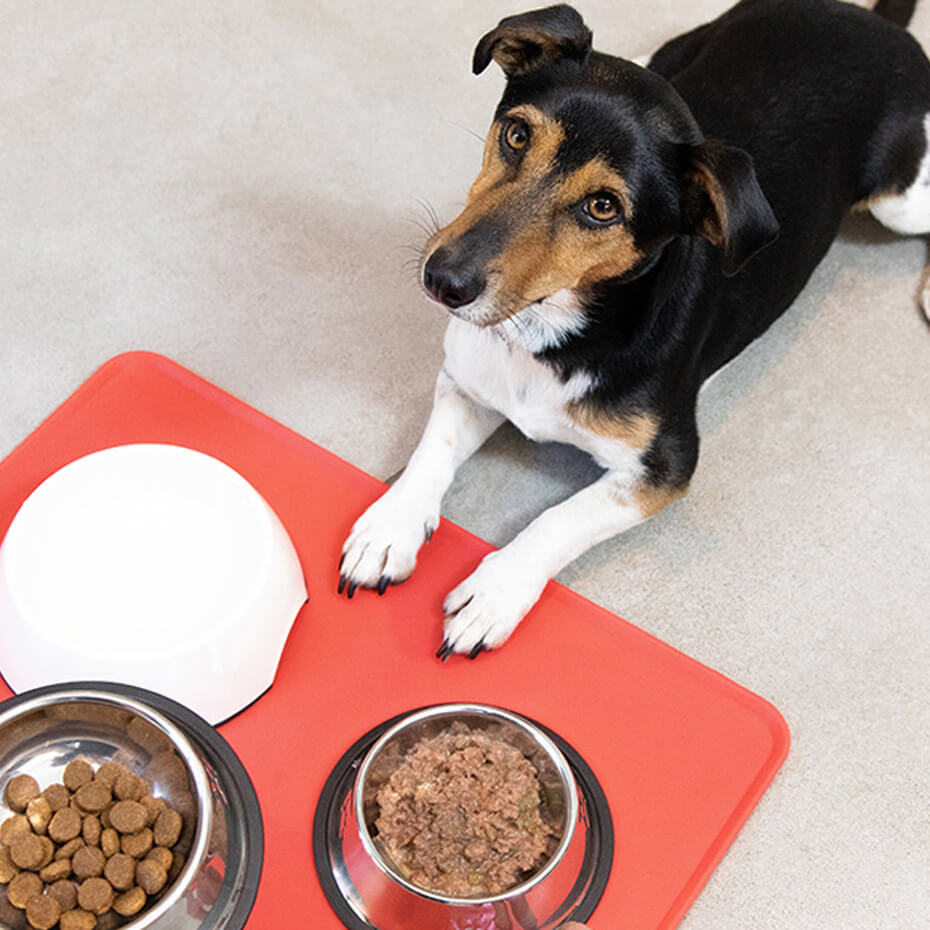
Heat stroke is a serious condition for pets as well as people. Learn how to prevent heat stroke and what to watch for in your own pet.
Heat Stroke
Summertime is for sun and fun, but it’s not without its dangers. While the warmth may feel great on your skin, it can also lead to heat stroke — a common and dangerous condition for dogs and cats as well as people.
The normal temperature for a dog or cat is around 38.61 °C. Heat stroke is caused when your pet’s core temperature rises to 40.56°C or higher. Pets — especially cats — are notorious for hiding their discomfort. They don’t have the means, motivation, or ability to complain like people do. So it’s our responsibility to look out for them and watch for signs of their discomfort.
Behavioural Signs of Heat Stroke
Dogs and cats are especially vulnerable to heat stroke because their furry bodies cannot sweat to dissipate heat. Instead, they pant or breathe rapidly to cool themselves. When they are unable to effectively cool themselves, their core temperature rises rapidly. This can lead to serious and sometimes fatal complications including seizures, organ failure, and clotting problems.
Any animal suspected of having heat stroke is experiencing a medical emergency and must receive immediate veterinary treatment. If not promptly treated, heat stroke can lead to loss of consciousness and death, so it’s important to keep an eye out for the symptoms:
- Excessive panting and salivating
- Obvious discomfort
- Vomiting and diarrhoea
- Disorientation
- Seizures
What to Do if Your Pet Has Heat Stroke
The Veterinary Information Network recommends first aid for hyperthermia in pets. If your pet has become overheated, move your pet to a shaded and cool environment, and direct a fan towards him or her. If possible, determine the rectal temperature and record it so you can share this information with a vet.
Begin to cool your pet’s body by placing cool, wet towels over the back of the neck, in the armpits, and in the groin region. Make sure to change the towels regularly for fresh cool wet towels as if left they can get warm quickly and cause your pet to overheat even more. You may also wet the earflaps and paws with cool water. Then transport your pet to the closest veterinary facility immediately.
Even if you are able to remove your pet from the hot environment and initiate first aid, he or she will still need to be treated. Many of the complications from heat stroke do not begin to appear until several days after the incident — but prompt veterinary care can potentially prevent or treat some of these complications.
Safety and Prevention
Keeping your pet hydrated is key so make sure they always have access to plenty of clean, cool water. Pets can suffer heat stroke from exercising too much on hot, humid days, or if they’re stuck in the sun without shade for too long. Some dog breeds — like Pekingese, Pugs, Lhasa Apso’s and Boston terriers — are predisposed to heat stroke. Because their noses are short, these dogs have airways that are not as efficient at cooling when they pant.
Overweight or obese dogs are also prone to heat stroke, as are dogs or cats with other airway problems. Cats are often subjected to heat stroke by sneaking unnoticed into parked cars or hot attics, then becoming trapped. It is important to account for all your animals after spending time in an area that could be a heatstroke trap.
The most common cause of heat stroke is still the unthinkable — leaving a pet inside a parked car, with or without the window opened. Leaving a window opened is never sufficient protection, as the temperature can still climb quickly inside a car even on moderately warm days. Learn more about why you should never ever leave your pet in a car, along with other ways to keep your pet safe in the summer heat.


